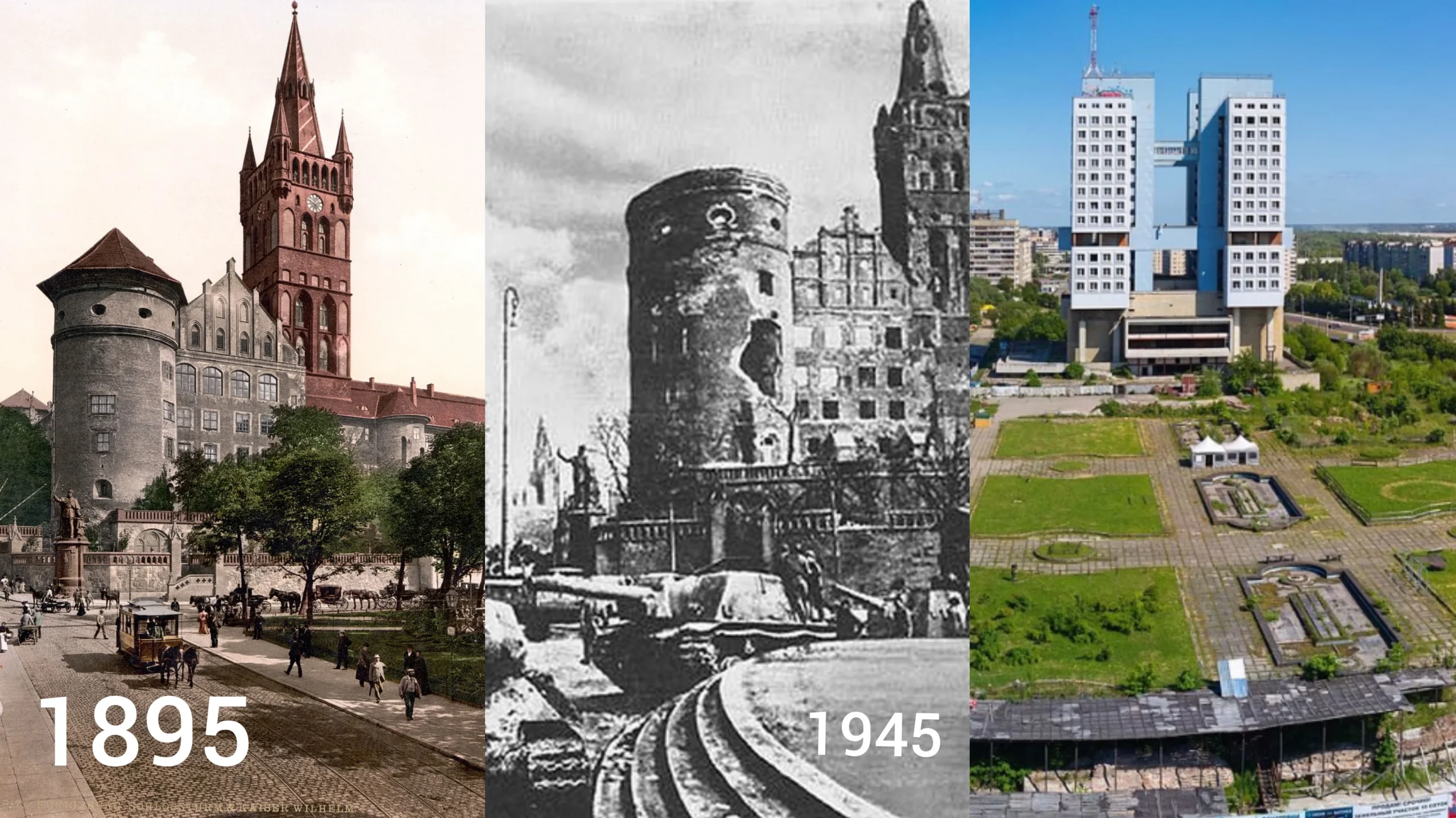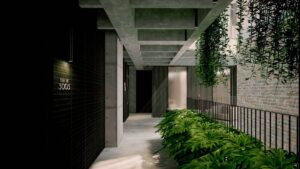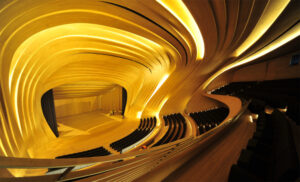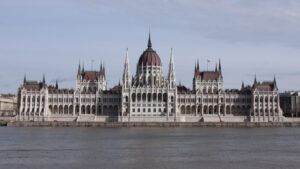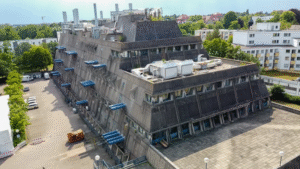A City of Layers and Ghosts: An Introduction
Think of a city where the past is very different from the present. Kaliningrad is the name of that city. This Baltic port used to be the capital of East Prussia and was known for its beautiful Brick Gothic architecture, which used bricks instead of carved stone. Kaliningrad is now a Russian exclave that is geographically separate from the rest of Russia and is bordered by EU and NATO countries.
Because of its unusual geopolitical location, its architecture, especially its Brick Gothic past, has become a fight for identity. After World War II, most of Königsberg was destroyed and later rebuilt as a Soviet metropolis. The German buildings that were still standing were emblems of a lost history that people either ignored or tried to hide.
However, after the fall of the Soviet Union, a complicated and frequently controversial process of restoration began. It’s not just about putting up new walls; it’s also about remembering the past, creating a new Russian identity, and dealing with the ghosts of its German past. The fight over Kaliningrad’s Brick Gothic is a very interesting small-scale example of larger fights over preserving buildings and telling the story of a nation.
The Rise and Fall of the Brick Gothic Style in Königsberg
The Teutonic Knights built Königsberg in 1255, and it quickly became a major metropolis in the Hanseatic League. Brick Gothic architecture gave the area its unique design. It was a practical yet beautiful style that worked well in a place where there wasn’t much stone.
The Power of Brick
Brick Gothic used simple bricks to build tall buildings, unlike the intricately carved stone cathedrals of Western Europe. The patterned brickwork, glazed highlights, and careful application of whitewash made complicated designs that made the material itself the message.
What Is a City?
Brick Gothic buildings like the impressive castle and the huge Königsberg Cathedral on Kneiphof Island formed the city’s skyline for hundreds of years. These constructions weren’t just useful; they also showed off riches, power, and religious commitment. The cathedral, finished around 1380, was the spiritual center of the city and the burial place of the philosopher Immanuel Kant.
But World War II caused destruction on an unimaginable scale. The British bombed Königsberg in 1944, and the Soviets attacked it again in 1945, destroying most of it. The cathedral and other Brick Gothic buildings, which used to be proud, were turned into burned-out shells.
Explore the architectural and political battle over Kaliningrad’s German past. Uncover the complex restoration of Brick Gothic monuments like Königsberg Cathedral and its impact on regional identity.
The Soviet Era: Suppression and Erasure
After the war, the Soviets made Königsberg a strategic military zone and named it Kaliningrad. The new Soviet government saw the remaining German buildings as mostly annoying reminders of a defeated enemy.
A New Identity: The goal was to develop a new Soviet city that would represent the ideas of progress and a shared identity. Buildings made of brutalist and functionalist concrete took the place of buildings that had been there for hundreds of years.
Deliberate Neglect: Many old buildings were allowed to fall apart or were taken down on purpose. For example, the ruins of Königsberg Castle were blown up in the late 1960s to create room for the “House of Soviets,” which was a clear sign of the effort to obliterate the history.
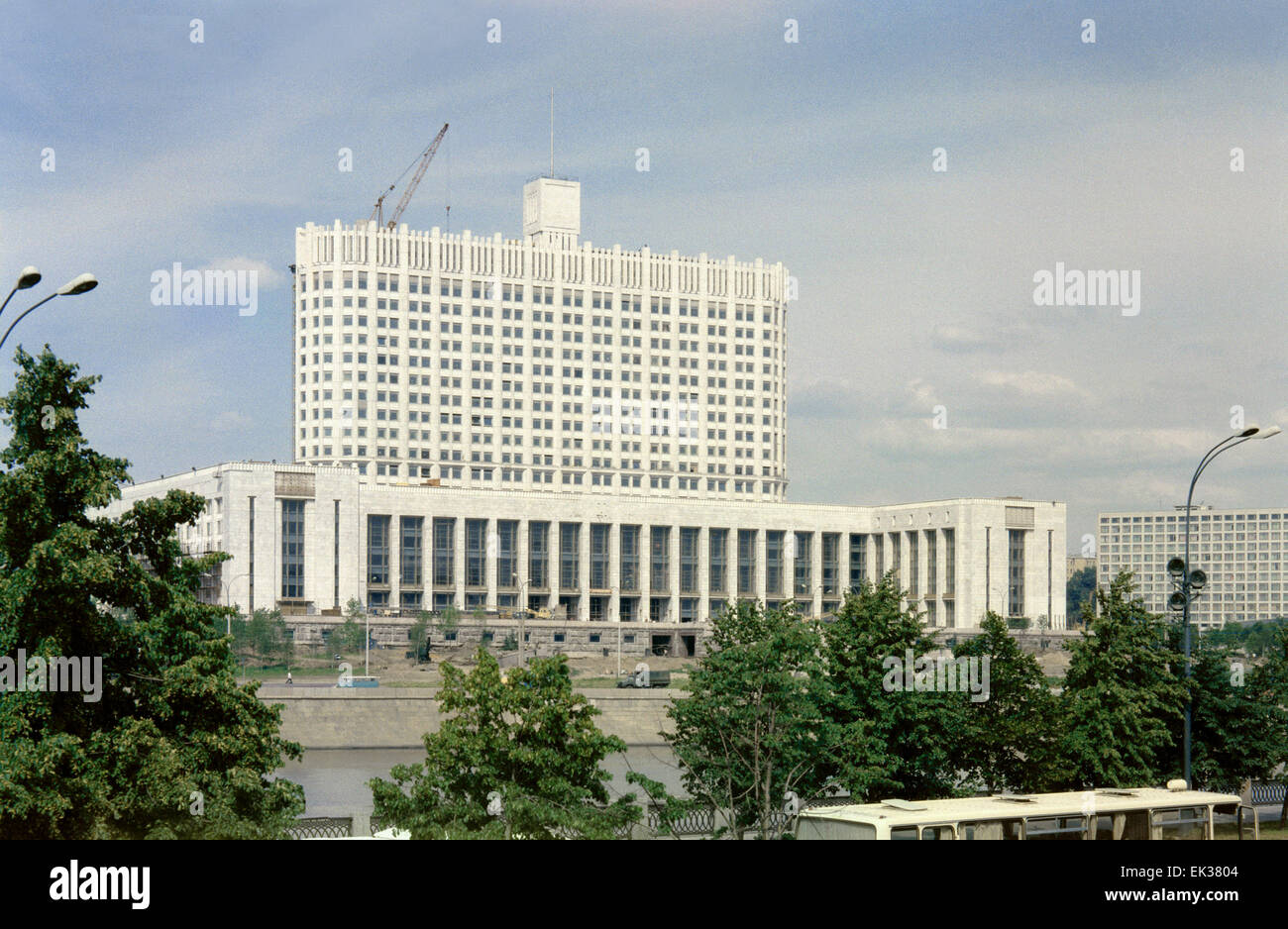
House of Soviets
Königsberg: The Cathedral’s Isolation
Cathedral was not intentionally destroyed, although it was left as a dismal ruin for decades. The way it was set up showed a planned policy of cutting ties with Germany’s past, letting nature take back its medieval stones.
Post-Soviet Restoration: A Disputed Comeback
The end of the Soviet Union in 1991 changed Kaliningrad’s relationship with its past. The restoration of its German history, especially its Brick Gothic architecture, became a major topic of public and political debate after the fall of the Soviet Union.
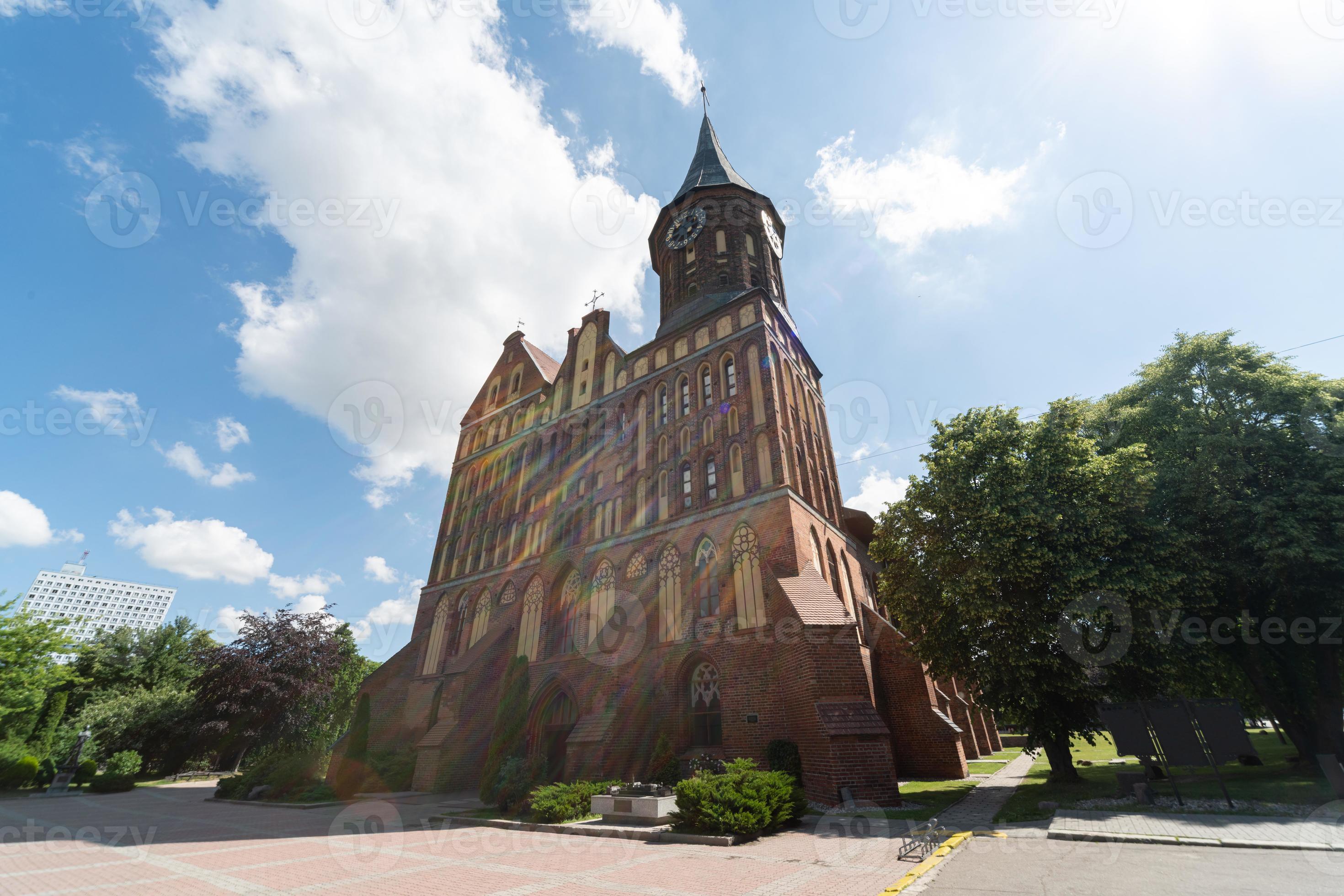
Konigsberg Cathedral
The Resurrection of the Cathedral
The restoration’s main undertaking was the Königsberg Cathedral. In the mid-1990s, with a lot of private and some German money, an ambitious rebuilding project began.
A Symbol of Reconciliation: The decision to fix the cathedral was more than just an architectural choice; it was a strong message. The goal was to regain a part of the city’s identity by acknowledging its complex history and making a case for its place in modern Russia.
Debates on Authenticity: The restoration has led to heated debates among historians, architects, and politicians. How “real” can a rebuilt building be? Should it look like it did before the war, like it does now, or like something new and modern? These are very important concerns in the subject of preserving buildings.
Modern Techniques, Historic Spirit: The restorers employed a mix of old-fashioned skill and new building methods. The outside was painstakingly rebuilt to look like it did in the past, but the inside was changed to make room for both a Russian Orthodox chapel and a Protestant chapel. This shows how diverse the city’s religious landscape has been throughout history and today. The mausoleum of Immanuel Kant was likewise fixed up and is still a big draw.

Konigsberg Cathedral. Brick Gothic-style monument in Kaliningrad, Russia. Immanuel Kant island. Pro Photo
Other Brick Gothic Sites Besides the Cathedral
The work to restore went beyond just the church. Rebuilding or preserving has also happened to other minor churches, gatehouses, and fortifications to different degrees.
Amber Museum (Dohna Tower): This former fortification is now home to a museum on Kaliningrad’s famous amber. This is an example of a historic Brick Gothic building being used in a new way that works.
Friedland Gate is another wonderfully preserved gatehouse that currently serves as a museum about the city’s history.

Amber Museum (Dohna Tower)
Kaliningrad’s Identity: A Future Built on the Past
Restoring Brick Gothic architecture in Kaliningrad is more than just building; it’s a deep process of creating identity.
Reconciling Dualities: The city struggles with its two identities: it is a proud Russian exclave with a strong, unmistakable German history. The restored structures are physical links to the past that help people comprehend the region’s complicated history better.
Tourism and the Economy: The restored landmarks have also become important tourist spots, which has led to economic growth and new stories for the city (Source 4.1). They bring in people who are interested in history, architecture, and Kaliningrad’s distinctive political history.
Lessons for Preservation: Kaliningrad’s story teaches us important things about how to protect buildings all across the world. It shows how hard it is to restore heritage in politically sensitive areas, where history is often linked to national pride and communal memory. The continuous “battle” over its Brick Gothic shows how architecture can form identity and identify a region.
The story of Kaliningrad’s Brick Gothic is far from over. As the city changes, the rebuilt medieval buildings will always be reminders of strength, peace, and the never-ending search for who we are by learning about where we came from.
What do you think about bringing back heritage in areas that are disputed? Please leave a remark below with your thoughts!
Reference:
For more blogs like this CLICK HERE!!

